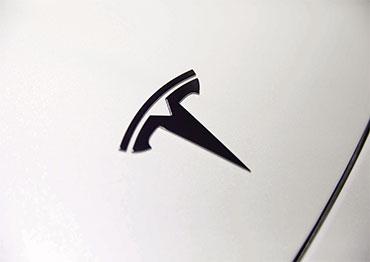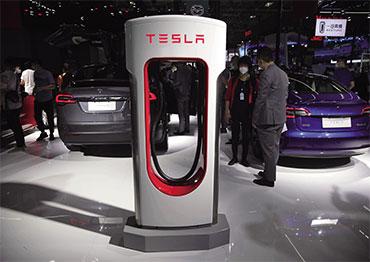On January 1, 2021, Tesla surprised the market by further slashing the price of its Model Y SUV by 30 percent from 488,000 yuan (US$75,280) quoted six months previously to 339,900 yuan (US$52,431). The Model 3 performance model also saw its price further cut by 79,900 yuan (US$12,325) to 339,900 yuan (US$52,429).
The price cut led to a wave of purchases ahead of the Chinese New Year holiday. The company’s official website in China reportedly crashed due to a sudden surge of traffic.
According to the China Passenger Car Association, an industry body, Tesla’s sold 137,459 Model 3 vehicles in 2020, well ahead of its major Chinese competitors, including the Nio, Li Auto, and Xpeng, which sold 43,728, 32624 and 27,041 units in the same period.
Tesla’s new round of price cuts is expected to further consolidate its lead. It was reported that many of Nio’s pre-order customers, arguably the highest-profile Chinese maker of electric cars whose IPO on the New York Stock Exchange in 2018 raised billions of dollars, canceled their orders after Tesla’s price cut was announced. Nio released its latest model, the ET7, on January 9. Equipped with self-driving technology features which the company claims surpass those of Tesla, the model is priced at 448,000 yuan (US$75,280), about a quarter more than Tesla’s Model Y. Many analysts believe that it would be a tough sell given Tesla’s brand recognition and aggressive pricing strategy.
But Nio CEO William Li said he is not worried about Tesla’s pricing strategy. Refuting reports that potential customers are abandoning the company, Li told media that the impact of Tesla’s price cuts will be mostly felt by traditional automobile companies.
Li’s view was shared by Cui Dongshu, secretary general of the CPCA. Widely considered a luxury car brand, Tesla’s major competitors in China are conventional car brands such as Mercedes Benz and BMW, Cui said.
“Its pricing scheme disrupts the conventional premium auto market and shatters the traditional belief that the cost of an electric vehicle (EV) should be higher,” Cui said. Rather than damage the prospects of domestic electric car startups, Tesla’s pricing can attract more customers to opt for electric cars, which will help to drive down production costs for the entire industry. “It will be a virtuous cycle,” Cui added.
Indeed, on January 28, German automaker BMW announced price cuts for its all-electric iX3 SUV in China to 399,900 yuan (US$61,713), a 15 percent drop from the 470,000 yuan (US$72,550) announced in September 2020.
With increased localization and price cuts, the Association of Automobile Manufacturers estimated that sales of new energy vehicles will jump 40 percent in 2021 to 1.8 million units.
Although overall automobile sales dropped by 2 percent in 2020 due to the coronavirus pandemic, sales of new-energy vehicles increased 12 percent to 1.17 million, accounting for about 5 percent of all vehicles sold in the year.
As the Chinese government set a target for new energy vehicles such as electric, plug-in hybrid and hydrogen-powered vehicles to account for 25 percent of new car sales by 2025, analysts believe the electric car market will boom in the next couple of years.

 Old Version
Old Version
